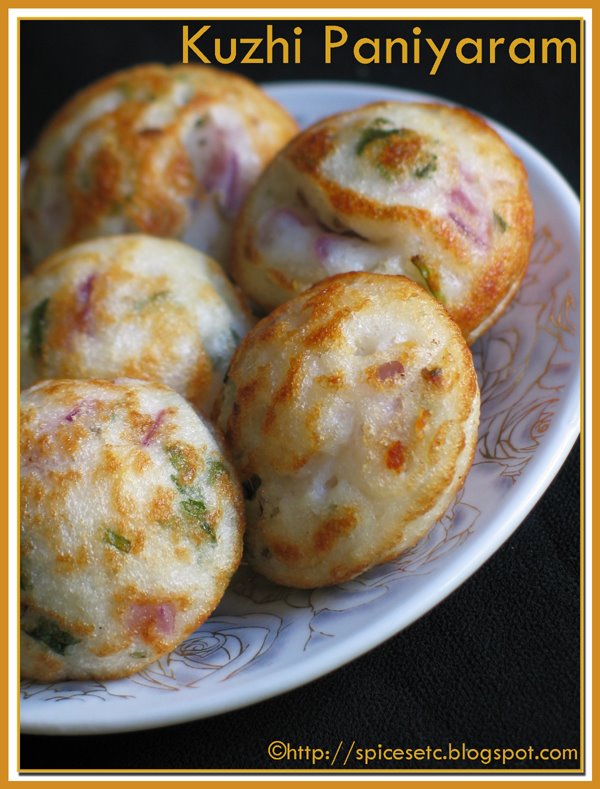Work is in full swing. We are officially on someone else's schedule now that we've ordered the countertops and I have a feeling they're going to want to place them on top of actual, built and installed cabinets as opposed to the ones we currently have:
This is what cabinets from Ikea look like when you bring them home. It's probably not surprising that we have to put them together ourselves, considering the fact that even if you buy a swedish meatball at Ikea it'll come with assembly instructions. Unless you have a large vehicle, you'll want someone to help (thanks, Matt).
As far as work that's going on:
Framing - we're finally (completely) finished and covering all that hard work with drywall is proving to be rewarding.
Electrical - there are now 10 lights, 5 switches and 8 outlets in the room. About the lights - remember the previous
post about recessed lighting? We ended up adding more, small recessed lights that follow the path of the countertops. They have a brushed stainless steel finish to match the appliances and their installation was about the same as the previous ones.
We wanted to have some pendants hanging over the 'pass through' area, but the way the soffit had to be built prevented this. There are a few small pendants hanging the opposite corner which you can see here (along with some of our beautiful sheetrock):
Sheetrock - we're still in the initial parts of this phase. Along with what you can see in the above pictures, here is a bit more showing the process:
We had to cover some of the opening to the stairwell. The exposed brick is still visible from the kitchen and living room. We wanted to keep it open, but there was no where else to put a refrigerator (not to mention the 92" cabinet that will be in the space also). The outlet up by the ceiling will be in a small open area above the cabinetry - we figured it would be a good idea just in case we wanted to add lights up there... it may also be used to supply power to yet another strand of Christmas lights in Craig's dreams of creating a wonderland in our home.
There is still much to do before the countertop folks come out for measurements, including plumbing, gas lines, a few electrical changes, finishing the sheetrock, fixing some weak spots in the floor, oh sweet Jesus - we should probably get to work.









